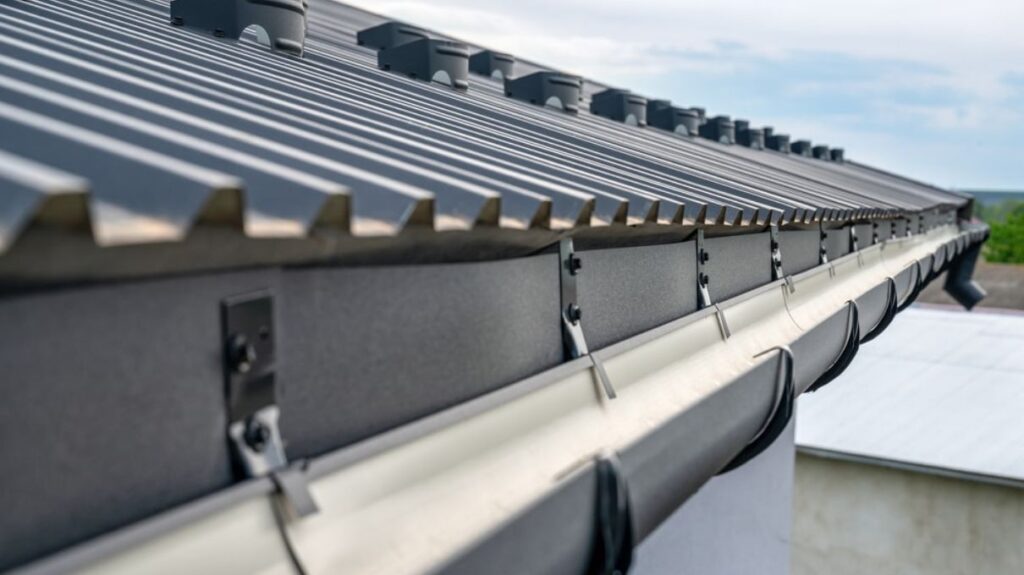Choosing the Right Gutters for Your Home
When it comes to protecting your home, installing gutters is an essential step that should not be overlooked. Gutters play a crucial role in channeling rainwater away from your roof and foundation, preventing potential damage and costly repairs. In this guide, we will walk you through the importance of gutters, the types available, and the installation process to ensure your home remains protected.
The Importance of Gutters
Gutters are designed to manage rainwater efficiently. Without proper drainage, water can accumulate on your roof, leading to leaks, mold growth, and damage to your siding and foundation. In regions with heavy rainfall or snow, gutters help to direct water away from vulnerable areas, safeguarding your home from structural issues. Additionally, well-installed gutters can prevent erosion in your yard and protect landscaping investments.
Types of Gutters
When selecting gutters for your roof, it’s important to consider the various types available. Common options At Katy Roofing and Solar include:
K-style Gutters: These are the most popular and feature a flat bottom with a decorative shape resembling crown molding. They can handle large volumes of water and are available in various materials.
Half-round Gutters: These gutters have a semicircular shape, giving a traditional look. They are ideal for historic homes and are often made of copper or aluminum.
Seamless Gutters: Custom-made on-site, seamless gutters reduce the risk of leaks and are aesthetically pleasing. They can be crafted to fit your roof perfectly.
Box Gutters: Typically found in commercial buildings, box gutters are built into the roofline and are concealed from view.
Installation Process
Installing gutters requires careful planning and precision. Here’s a step-by-step guide to help you through the process:
Gather Your Tools and Materials: You’ll need gutters, downspouts, hangers, screws, a level, a drill, and a ladder. Make sure to choose high-quality materials that can withstand local weather conditions.
Measure and Plan: Determine the length of gutters required for each section of your roof. Ensure your measurements account for downspouts, which should be positioned to direct water away from the foundation.
Cut and Assemble: Cut the gutters to the appropriate lengths and assemble them using connectors. Make sure to use a sealant to prevent leaks at the joints.
Install Hangers: Secure the hangers along the roofline, ensuring they are level and spaced properly. This is crucial for maintaining the correct slope for water drainage.
Attach Gutters: Once the hangers are in place, attach the gutters, ensuring they fit snugly and securely.
Install Downspouts: Position the downspouts at the corners of your home, directing water away from the foundation. Use elbow fittings to connect the downspouts to the gutters.
Final Inspection: After installation, check for proper alignment and ensure that all connections are sealed. Test the system by running water through the gutters to confirm they drain effectively.
Maintenance Tips
Regular maintenance is key to keeping your gutters in good working order. Inspect your gutters at least twice a year, especially after heavy storms. Clean out any debris, such as leaves and twigs, and ensure that downspouts are clear of blockages. By taking these steps, you can extend the life of your gutters and maintain their effectiveness.
In conclusion, installing gutters is a vital investment in your home’s protection. By following this comprehensive guide, you can ensure that your gutter system is properly installed and maintained, safeguarding your home against the elements. For expert installation and maintenance, consider partnering with a trusted company like Flagstone Roofing & Exteriors to guarantee quality and reliability.


